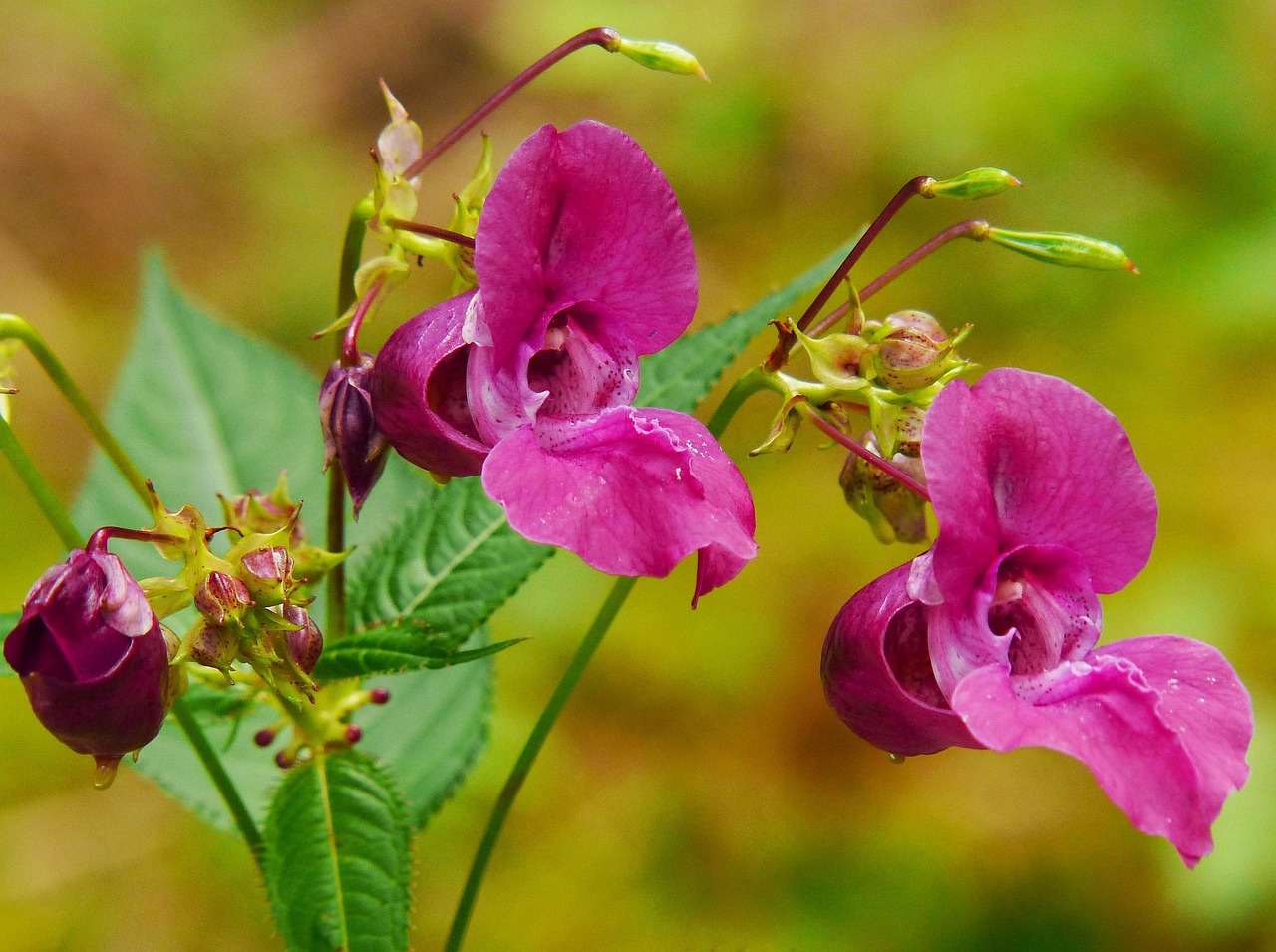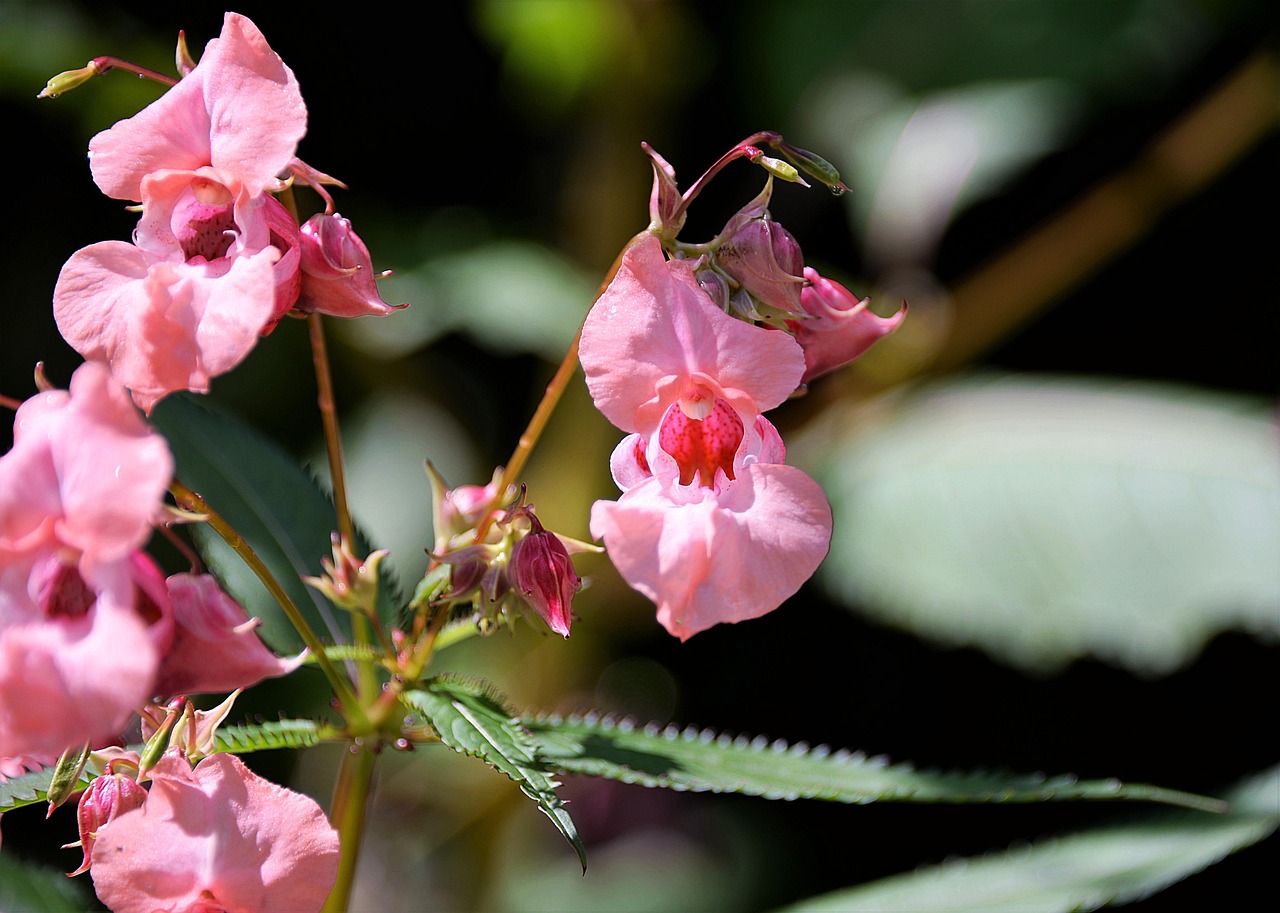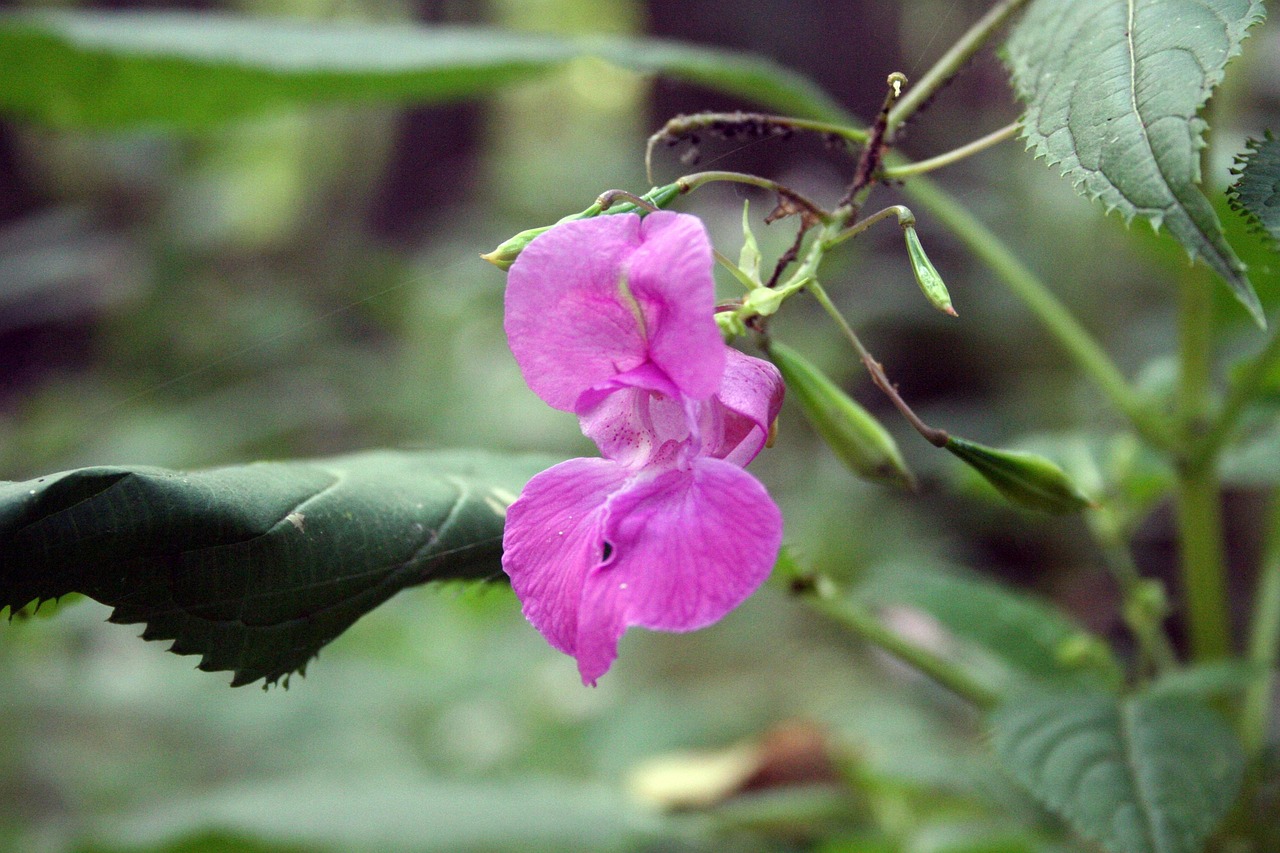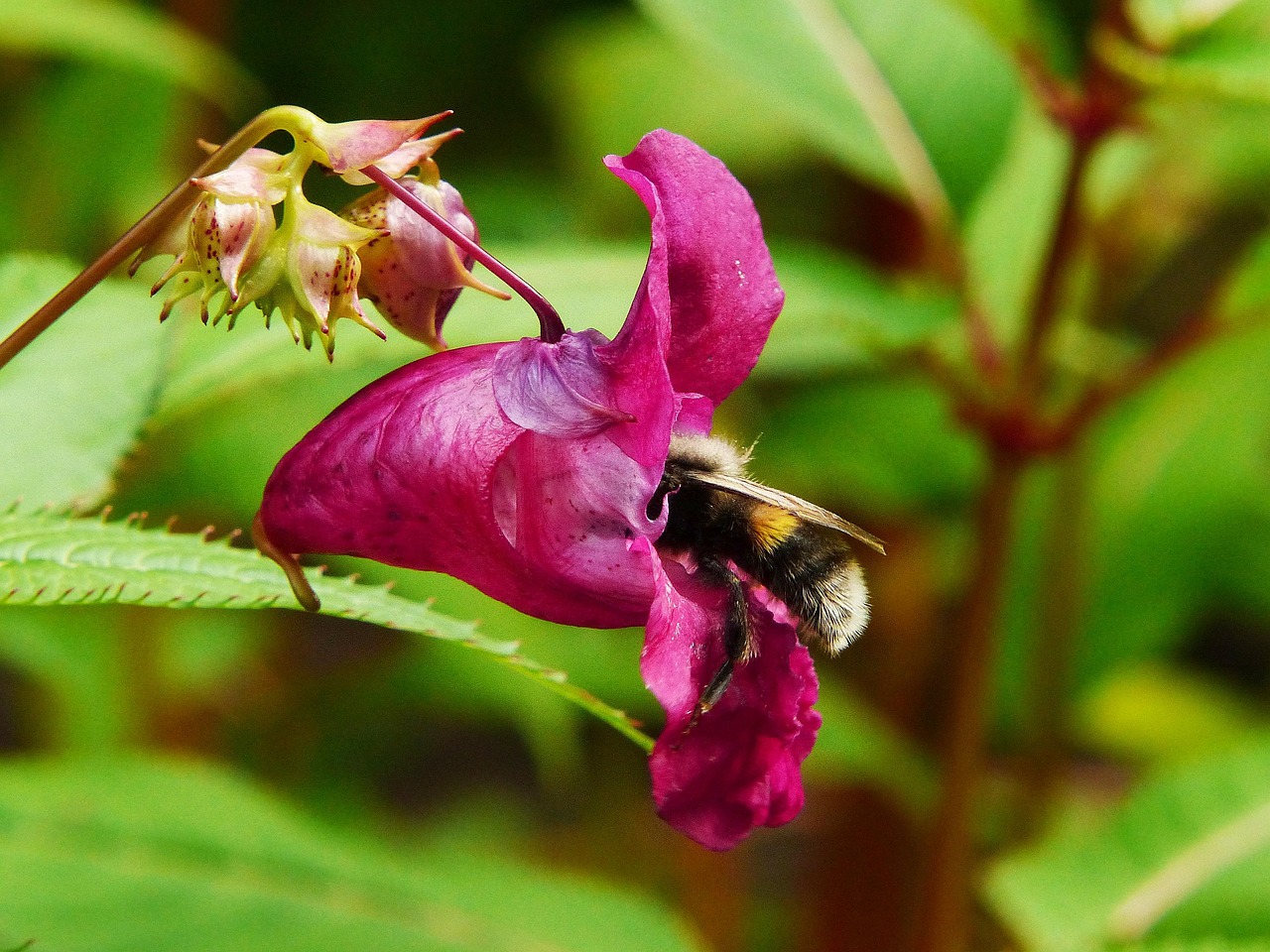The Balsam Fir tree can grow at an average rate of 12 to 24 inches per year, depending on various factors such as soil quality, climate, and care. Under optimal conditions, some trees may even reach heights of over 50 feet within a few decades.
Understanding the Growth Rate of Balsam Fir Trees
The Balsam Fir (Abies balsamea) is a popular evergreen tree known for its conical shape and fragrant needles. It is often associated with Christmas traditions, making it a favored choice for holiday decorations. However, many people are curious about how quickly these trees grow and what factors influence their growth rate.

When considering the growth rate of a Balsam Fir, it is important to note that several environmental and biological factors play a significant role. These trees typically thrive in cooler climates and are native to regions in Canada and the northeastern United States. Their growth can vary widely based on conditions such as soil quality, moisture levels, sunlight exposure, and overall care.
Factors Affecting Growth Rate
Understanding the factors that influence the growth rate of Balsam Fir trees can help homeowners and landscapers create the ideal conditions for these trees to thrive. Here are some of the key elements to consider:
- Soil Quality: Balsam Fir trees prefer well-drained, acidic soils rich in organic matter. The presence of nutrients like nitrogen, phosphorus, and potassium can significantly enhance growth rates.
- Climate: These trees flourish in cooler climates with adequate rainfall. They often struggle in excessively hot or dry conditions, which can hinder their growth.
- Sunlight: Balsam Firs thrive in full sun to partial shade. Adequate sunlight exposure is crucial for photosynthesis and overall tree health.
- Watering: Consistent moisture is essential for Balsam Fir trees. While they do not like standing water, they require regular watering during dry periods to support healthy growth.
- Pest Control: Pests such as aphids and spider mites can damage trees and stunt their growth. Regular monitoring and treatment can help maintain tree health.
Growth Stages of Balsam Fir Trees
Balsam Fir trees go through distinct growth stages that influence their overall development. Understanding these stages can provide insights into what to expect as the tree matures:

- Seedling Stage: During the first few years after germination, the Balsam Fir grows slowly. Seedlings typically reach around 6 to 12 inches in height during this time.
- Young Tree Stage: Between the ages of 3 to 10 years, the growth rate increases significantly. Young Balsam Firs can grow between 12 to 24 inches annually under optimal conditions.
- Mature Tree Stage: After about 20 years, the tree reaches maturity, usually standing between 30 to 50 feet tall. Growth may slow down, but the tree continues to develop in width and density.
The Role of Care and Maintenance
Proper care and maintenance are vital for maximizing the growth potential of Balsam Fir trees. Regular pruning helps shape the tree while removing any dead or diseased branches. Additionally, mulching around the base can help retain moisture and suppress weeds that compete for nutrients.
In summary, the Balsam Fir tree typically grows at a rate of 12 to 24 inches per year, influenced by several environmental factors. Understanding these influences and providing appropriate care can lead to a healthy and thriving tree that enhances any landscape.
Optimal Growing Conditions for Balsam Fir Trees
To achieve the best growth rates for Balsam Fir trees, it is essential to provide optimal growing conditions. These conditions encompass a range of environmental factors, including soil type, climate, and moisture levels. Understanding these elements can help ensure that the tree reaches its full potential.

Soil Requirements
The type of soil in which a Balsam Fir is planted plays a crucial role in its growth. Here are some important soil considerations:
- Drainage: Balsam Fir trees prefer well-drained soils. Excess water can lead to root rot and other diseases. Sandy or loamy soils with good drainage are ideal.
- Soil pH: These trees thrive in slightly acidic soils with a pH level between 5.0 and 6.5. Testing the soil pH can help determine if any adjustments are needed for optimal growth.
- Organic Matter: Incorporating organic matter such as compost can improve soil fertility and structure, providing essential nutrients for the tree’s growth.
Climate Considerations
Balsam Fir trees naturally grow in cold climates, which significantly influences their growth rate. Here are some climate factors to consider:
- Temperature: Ideal temperatures for Balsam Fir growth range from 60°F to 75°F. Trees can tolerate colder temperatures but may experience slower growth rates in extreme cold.
- Humidity: Moderate humidity levels support healthy growth. Very dry conditions can stress the tree and hinder its development.
- Sunlight Exposure: Full sun is beneficial for Balsam Fir trees, as it encourages vigorous growth. However, they can also adapt to partial shade, especially during their early years.
Watering Needs
A consistent watering regimen is critical for the healthy development of Balsam Fir trees. Here are some key watering tips:
- Initial Watering: Newly planted Balsam Firs require regular watering to establish their root systems. It is recommended to water them deeply once or twice a week during dry spells.
- Mature Trees: Once established, mature Balsam Fir trees can tolerate some drought; however, they still benefit from occasional deep watering during prolonged dry periods.
- Avoid Overwatering: While moisture is crucial, overwatering can lead to root rot. Ensure that the soil has adequate drainage to avoid waterlogging.
Pest and Disease Management
Maintaining the health of Balsam Fir trees also involves being vigilant about pests and diseases that can impact their growth. Here are common issues and management strategies:

- Aphids: These small insects can weaken the tree by sucking sap from the needles. Regular inspection and insecticidal soap can help control infestations.
- Spider Mites: These pests thrive in dry conditions and can cause needle discoloration. Increasing humidity around the tree or using horticultural oils can mitigate their impact.
- Diseases: Fungal diseases like root rot or needle blight can affect Balsam Firs. Proper spacing for air circulation and maintaining healthy soil can reduce disease risk.
Mulching for Growth Enhancement
Applying mulch around the base of Balsam Fir trees provides multiple benefits that promote healthy growth:
- Moisture Retention: Mulch helps retain soil moisture, reducing the frequency of watering needed during dry spells.
- Weed Suppression: A layer of mulch can prevent weeds from competing with the tree for nutrients and water.
- Soil Temperature Regulation: Mulch insulates the soil, helping to keep root systems cool during hot weather and warm during cold spells.
By ensuring optimal growing conditions through proper soil management, climate considerations, consistent watering, pest management, and mulching, you can significantly enhance the growth rate of Balsam Fir trees. Taking these steps will lead to healthier trees that grow vigorously and thrive in their environment.
Common Uses and Benefits of Balsam Fir Trees
Balsam Fir trees are not only valued for their growth rate but also for their numerous uses and benefits. From ornamental purposes to ecological contributions, these trees play a significant role in various applications. Understanding the diverse uses can help appreciate the importance of cultivating healthy Balsam Fir trees.
Ornamental and Landscaping Uses
One of the most common uses of Balsam Fir trees is in landscaping. Their attractive shape and rich green foliage make them a popular choice for various decorative purposes. Here are some specific landscaping applications:
- Christmas Trees: Balsam Firs are widely sought after as Christmas trees due to their pleasant fragrance, symmetrical shape, and long-lasting needles. Many families choose them for holiday celebrations.
- Screening and Privacy: When planted in rows, Balsam Fir trees can create effective privacy screens or windbreaks, providing shelter from harsh winds and enhancing the aesthetic appeal of properties.
- Garden Borders: These trees can serve as attractive borders or focal points in gardens, adding height and texture to landscaping designs.
Ecological Benefits
Balsam Fir trees offer several ecological benefits that contribute to the health of their surrounding environment. These benefits include:
- Habitat for Wildlife: The dense foliage of Balsam Fir trees provides shelter and nesting sites for various wildlife species, including birds and small mammals.
- Carbon Sequestration: Like all trees, Balsam Firs absorb carbon dioxide and release oxygen, playing a crucial role in mitigating climate change by reducing greenhouse gases in the atmosphere.
- Erosion Control: The root systems of Balsam Firs help stabilize soil and prevent erosion, especially on slopes and hilly terrains, maintaining the integrity of the landscape.
Medicinal and Aromatic Uses
Balsam Fir trees are also known for their medicinal and aromatic properties. Here are some notable uses:
- Aromatherapy: The essential oil extracted from Balsam Fir needles is used in aromatherapy for its calming effects. It can help reduce stress and promote relaxation.
- Traditional Medicine: Indigenous peoples have historically used parts of the Balsam Fir for various medicinal purposes, including treating respiratory conditions and skin irritations.
- Balsam Fir Balm: The resin from the tree can be used to create soothing balms for minor cuts, scrapes, and bruises, showcasing its potential as a natural remedy.
Cultural Significance
Balsam Fir trees hold cultural significance in various communities. They are often featured in folklore and traditions, particularly during the winter months. Some aspects of their cultural importance include:
- Symbol of Christmas: As one of the most popular choices for Christmas trees, Balsam Fir symbolizes celebration, family gatherings, and holiday spirit.
- Native Traditions: Many Indigenous cultures honor the Balsam Fir for its practical uses and spiritual significance, incorporating it into rituals and ceremonies.
- Art and Craftsmanship: The wood from Balsam Fir is used in various crafts, including furniture making and woodworking projects, highlighting its value beyond just being a tree.
Commercial Uses
The commercial value of Balsam Fir extends beyond its aesthetic appeal. Here are some key commercial applications:
- Lumber Products: The wood of Balsam Fir is lightweight and easy to work with, making it suitable for producing paper products, construction materials, and furniture.
- Pulpwood Production: Due to its fast growth rate, Balsam Fir is often harvested for pulpwood, which is used in the manufacturing of paper and cardboard products.
- Essential Oil Industry: The extraction of essential oils from Balsam Fir has led to its use in perfumes, soaps, and other aromatic products, contributing to the fragrance industry.
The versatility of Balsam Fir trees makes them valuable not only for their growth rate but also for their numerous applications across different sectors. From enhancing landscapes to providing ecological benefits and commercial products, these trees have a significant impact on both human activities and the environment.
Final Thoughts
The Balsam Fir tree stands out not only for its impressive growth rate but also for its multifaceted contributions to both natural ecosystems and human society. As we have explored, this evergreen species is capable of growing 12 to 24 inches per year under optimal conditions, allowing it to reach significant heights quickly. This rapid growth is advantageous for various uses, from landscaping to commercial applications.
Moreover, the adaptability of Balsam Fir trees to different environments showcases their resilience and versatility. They flourish in cool, moist climates and thrive when provided with the right care, such as proper soil management, adequate watering, and pest control. These factors are essential for ensuring that they grow optimally and remain healthy throughout their lifespan.
Environmental Impact
The ecological benefits offered by Balsam Firs cannot be overstated. These trees play a critical role in carbon sequestration, which is vital for combating climate change. By absorbing carbon dioxide and releasing oxygen, Balsam Fir trees contribute to cleaner air and help mitigate the effects of global warming.
Additionally, their ability to provide habitat and food sources for various wildlife species supports biodiversity in forested areas. Birds, small mammals, and insects find refuge in the dense foliage of Balsam Fir trees, underscoring their importance in maintaining ecological balance.
Commercial Viability
The commercial viability of Balsam Fir extends beyond its aesthetic appeal in landscaping and holiday traditions. The tree’s wood is lightweight yet durable, making it a valuable resource for producing a range of products. From construction materials to furniture, Balsam Fir lumber is utilized across multiple industries.
The tree’s rapid growth also makes it an excellent choice for pulpwood production. As demand for paper products continues to rise, Balsam Fir can meet this need sustainably due to its quick maturation rate. Furthermore, the essential oils extracted from Balsam Fir are becoming increasingly popular in the fragrance industry, providing a natural alternative to synthetic ingredients.
Conservation and Sustainable Practices
As with any natural resource, conservation and sustainable practices are crucial for maintaining healthy populations of Balsam Fir trees. Responsible harvesting methods and reforestation efforts can help ensure that these trees continue to thrive for generations to come. Planting Balsam Fir trees in appropriate locations where they can grow best will support their long-term health and productivity.
Moreover, engaging local communities in conservation efforts can foster a deeper appreciation for these trees and their benefits. Educational programs that highlight the ecological and commercial significance of Balsam Firs can encourage sustainable practices among landowners and forestry professionals.
Future Considerations
Looking ahead, the role of Balsam Fir trees will likely evolve as our understanding of climate change and environmental stewardship deepens. These trees may become increasingly important in reforestation projects aimed at restoring damaged ecosystems or combating urban heat islands.
In addition, as consumers become more environmentally conscious, the demand for sustainably sourced products will grow. Balsam Fir trees, with their rapid growth and versatility, are well-positioned to meet this need while providing numerous ecological benefits.
The Balsam Fir tree is more than just a fast-growing species; it is a cornerstone of many ecosystems and a valuable resource for humans. Understanding its growth dynamics, ecological importance, and commercial viability can lead to better care and conservation practices. Through responsible management and community engagement, we can ensure that Balsam Fir trees continue to thrive and provide benefits for years to come.
